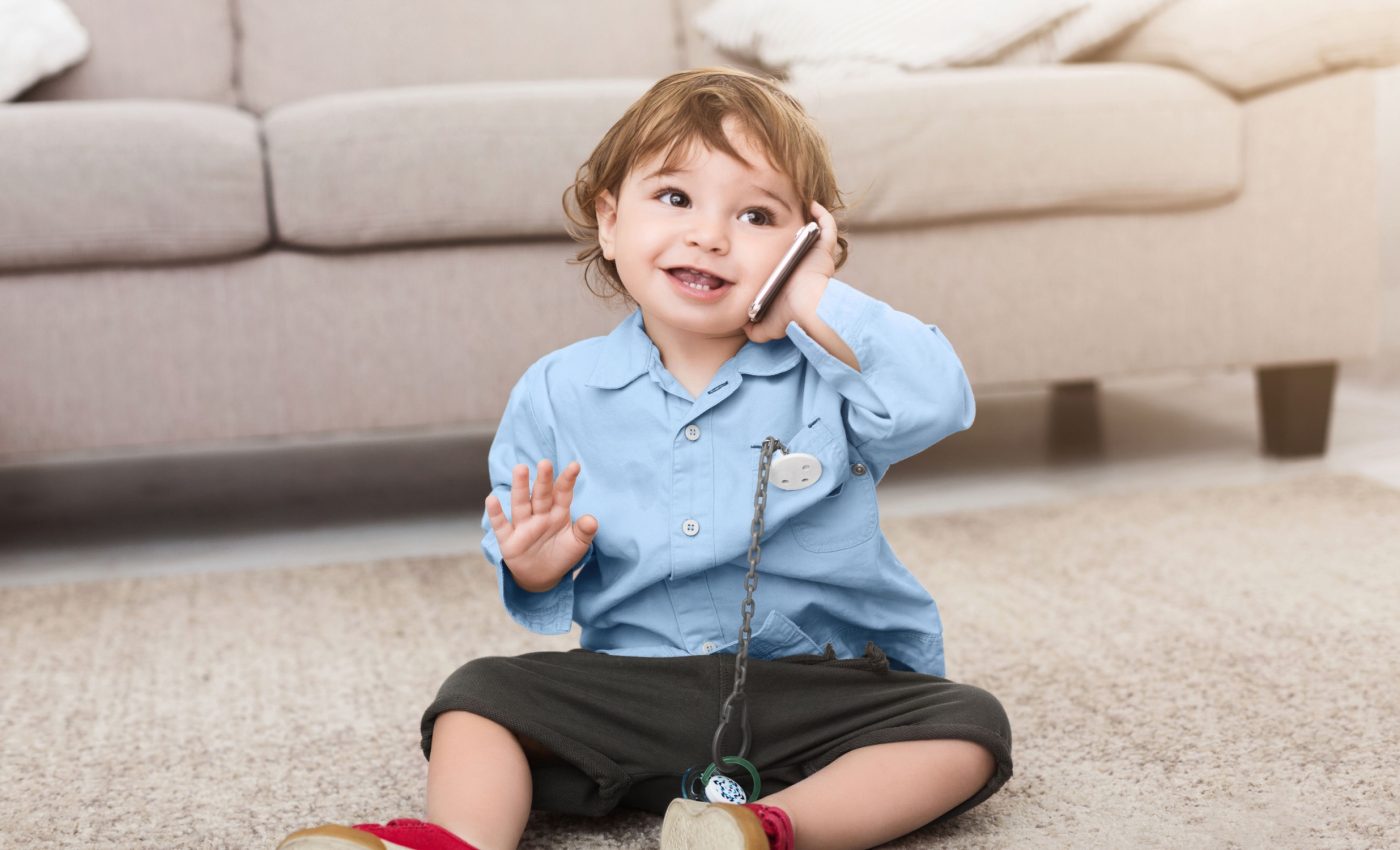
Babies need quick responses to their babbling to learn language
Have you ever noticed a baby babbling away at their favorite toy car, seeming to expect it to respond back? Or perhaps, you’ve been intrigued by their ability to adapt and learn from their environment?
Recently, a group of researchers at Cornell University delved into these very aspects of infant development. The study was led by Michael Goldstein, psychology professor and director of the Behavioral Analysis of Beginning Years (B.A.B.Y.) laboratory at Cornell University.
He and his team have been exploring the fascinating world of babies and their remarkable adaptability to learn language and social norms, with startling findings.
Responding to the babble of babies
At the heart of Goldstein’s research was an unassuming remote-controlled car. This vehicle was programmed to approach babies and produce speech sounds in response to babbling.
The result? Within a mere 10 minutes, babies built strong expectations that the car would react to their vocalizations.
Astonishingly, when the car ceased responding, the babies reacted with intense spurts of babbling and play directed at the car – a stronger reaction than when they were interacting with people.
Timing is everything
Goldstein’s team discovered that, in the early stages of development, one of the main building blocks of learning where to direct one’s attention depends on the concept of “contingency.”
This term refers to caregivers’ reactions that closely follow the baby’s behavior. Going against the grain of what some developmental psychologists believe, the research showed that babies, particularly in their first year, are highly flexible in what they can learn from. In this case, they were learning from machines that lack human features.
“What’s built into the baby is to pay attention to timing, and the world takes care of the rest. Babies are learning machines, and it’s on the adults to be responsive in the right ways to drive that learning,” explained Goldstein.
This discovery challenges some beliefs that infants, like other slowly maturing animals, depend on innate knowledge, such as face recognition, for learning. Goldstein’s findings point towards a different direction. “We’re showing the opposite,” he insists.
Remote-controlled car and babbling babies
Expanding the scope of their experiment, more than 60 infants, aged 7 and 8 months, were introduced to a large playroom.
Inside, unfamiliar people or a remote-controlled car would respond to their babbling, replicating the same reactions their caregivers would. In some cases, the car or person responded following the baby’s vocalizations, while in other situations, they responded sporadically and not triggered by the infant’s sounds.
The researchers believe that the adaptability the babies displayed, which appears to start around five months, is beneficial while they learn how to learn. However, they hypothesize that this might fade as the babies gain language proficiency.
Significance of the study
These findings could provide insight into the fundamental mechanisms of learning. Goldstein’s lab is now focused on researching babies at risk for autism.
Unlike typically developing babies, these infants may prefer more predictable response rates, which could influence their learning processes. By understanding these preferences, experts hope to uncover important aspects of cognitive development and learning in children with autism.
This research aims to contribute to the broader knowledge of how different factors affect learning behavior and could lead to more tailored approaches in early intervention strategies for at-risk infants. Continued exploration in this area is essential for advancing our understanding of autism.
Role of context in learning
Contextual factors also play a crucial role in how infants acquire language and social skills. Goldstein’s research highlights that the environment in which a baby is situated can significantly influence their learning outcomes.
For instance, familiar contexts, such as the home environment, provide a richer tapestry of interaction, which aids infants in making connections between their vocalizations and responses from caregivers or toys.
When novel elements, like a remote-controlled car, are introduced into this familiar context, babies exhibit heightened levels of curiosity and engagement, further underscoring their remarkable capacity to adapt and learn from diverse stimuli.
A new perspective on babbling babies
So, next time you see a baby having a one-sided conversation with a toy, remember, they might be picking up more than you think.
As Goldstein’s study shows, babies are truly learning machines, constantly adapting and absorbing from their environment – even from a remote-controlled car. It’s a reminder for us adults to interact with our little ones more consciously, tailoring our responses to facilitate their learning.
These findings were funded by the National Science Foundation and the National Institute of Child Health and Human Development and are published in the journal Infancy, under the title “Contingency Enables the Formation of Social Expectations About an Artificial Agent.”
The study is published in the journal Infancy.
—–
Like what you read? Subscribe to our newsletter for engaging articles, exclusive content, and the latest updates.
Check us out on EarthSnap, a free app brought to you by Eric Ralls and Earth.com.
—–













